The Garden in May
26 May 2018 by Natanja
May is another busy month in the garden. It is the time to bring all your plants outside and let them enjoy the warm spring weather.
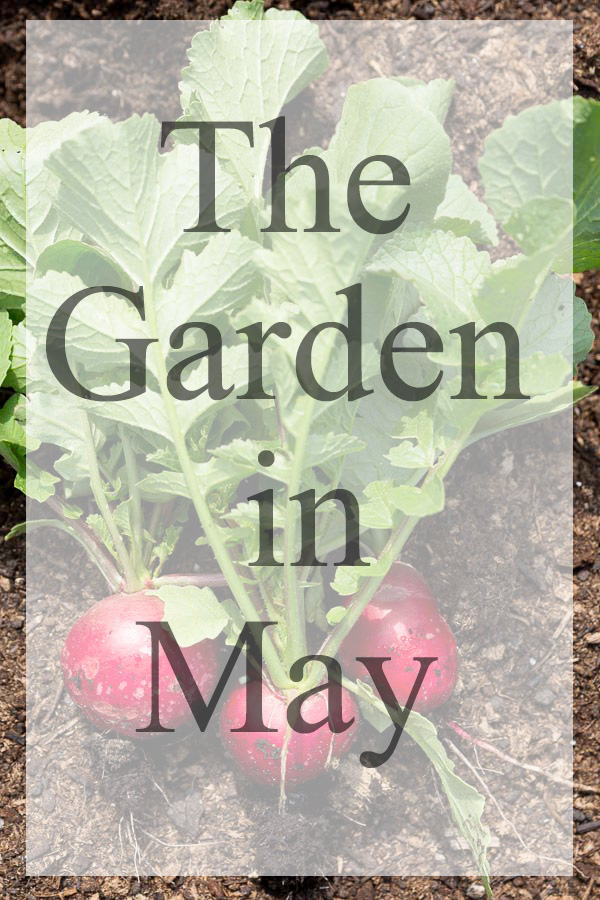
Hello and welcome to another monthly gardening post! I cannot believe how much has happened within a month! Only after taking a look at last month’s garden update, I realized just how much the plants developed. It truly amazed me how in such a short period of time the plants grew to double or even triple their size and started producing fruit. Since I go out to the garden daily I do not notice much of a change and sometimes I tend to get a bit impatient. But when taking a look a month back I realize just how quickly our little plants grew!
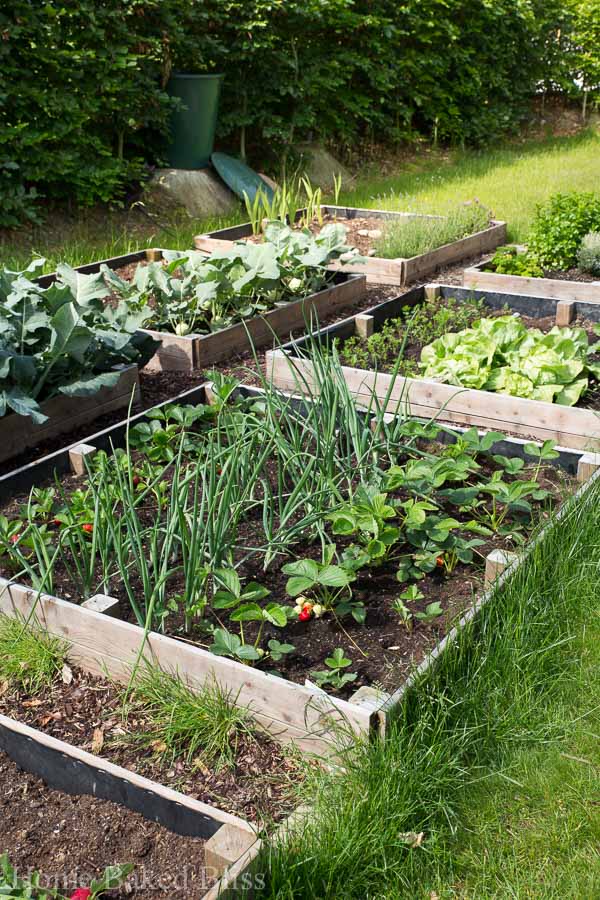
Here is an overview of the current progress. The onions have exploded and it seems they wish to grow to the sky! The broccoli has done the same and has tripled in size within the short period of a month. The lettuce that was tiny last month is now ready to be harvested and we have already enjoyed our fair share of it. I already started to plant new lettuce plants so we can enjoy it all summer long. The cabbage is also ready to be harvest, same goes for the radishes. The lavender is shortly before its bloom and the tulips have already wilted.

The plants I was probably most excited about were the strawberries that have since carried a lot of delicious ripe berries. I do not regret for a second planting my own because let me tell you, they taste 1000 times better than those from the grocery store. They are fragrant, super sweet and each bite is an explosion of flavour! A few of the berries have been eaten by snails which is why I immediately spread some organic snail poison around the vegetable beds. It’s the only thing that really seems to work effectively. Two or three berries have been nibbled on my an army of ants, much to my surprise. I had no idea that ants could actually attack your crop! I do not know if there is anything you can really do that gets rid of ants in the outdoors. Let me know if you have any advice on that!
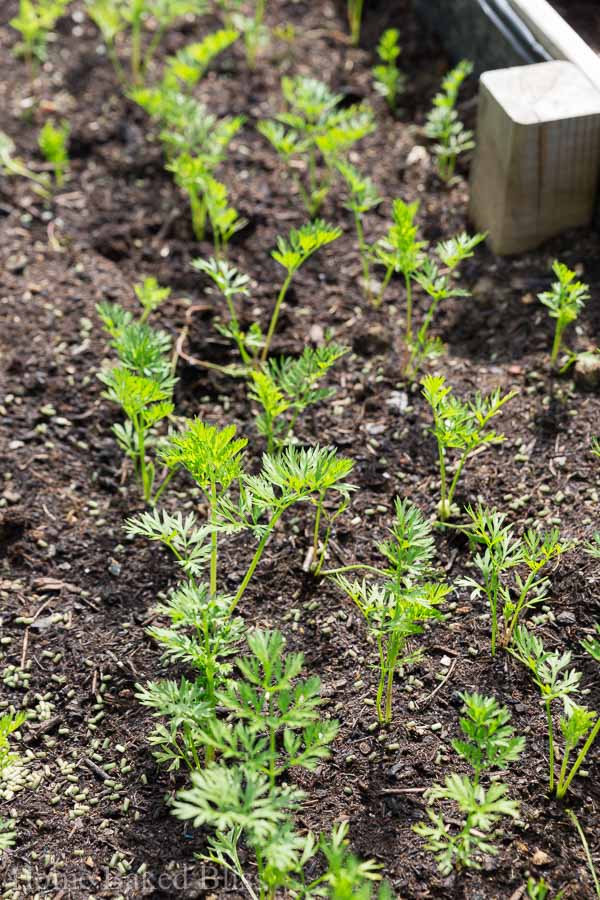
The carrots are doing well and I finally took the time to separate each plant and spread them further apart. This is incredibly important if you want healthy and large carrots. You can see in last month’s post that they were still a bit too small to be plucked out and transplanted. Now they have a good size and can survive it. If your carrots reach this size, go and separate the plants.
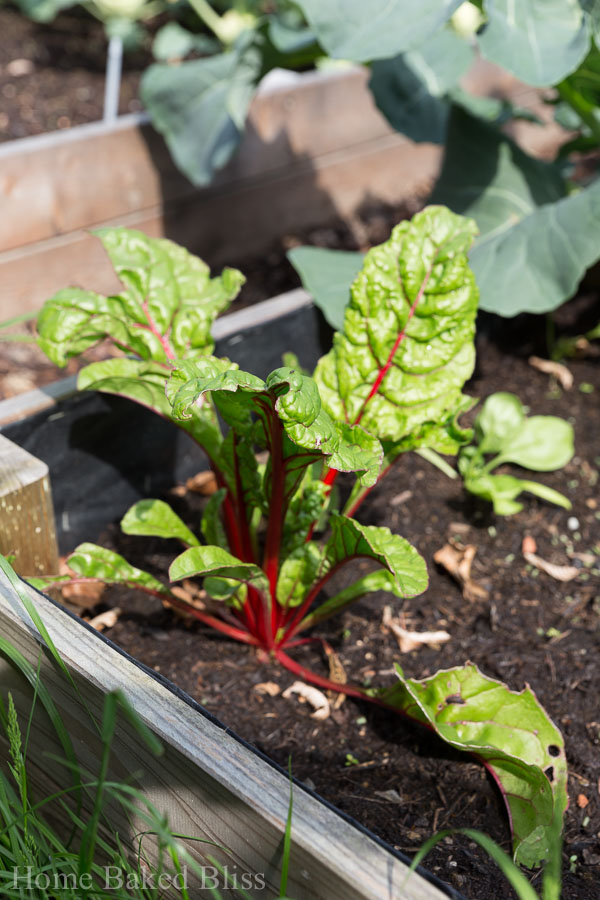
I grew my bok choy from seed and it has spent the majority of spring inside our apartment close to a window. When it reached the height of about 10cm I transplanted it outside and it has been growing quickly ever since. When bringing plants outside, the important thing is to check the weather regularly and make sure that the temperatures don’t drop too low. A bit of frost in the night could kill young plants immediately. The little green plant next to the bok choy is spinach. Spinach is one of the few plants that is frost resistant and thus the seeds can be planted outdoors immediately.
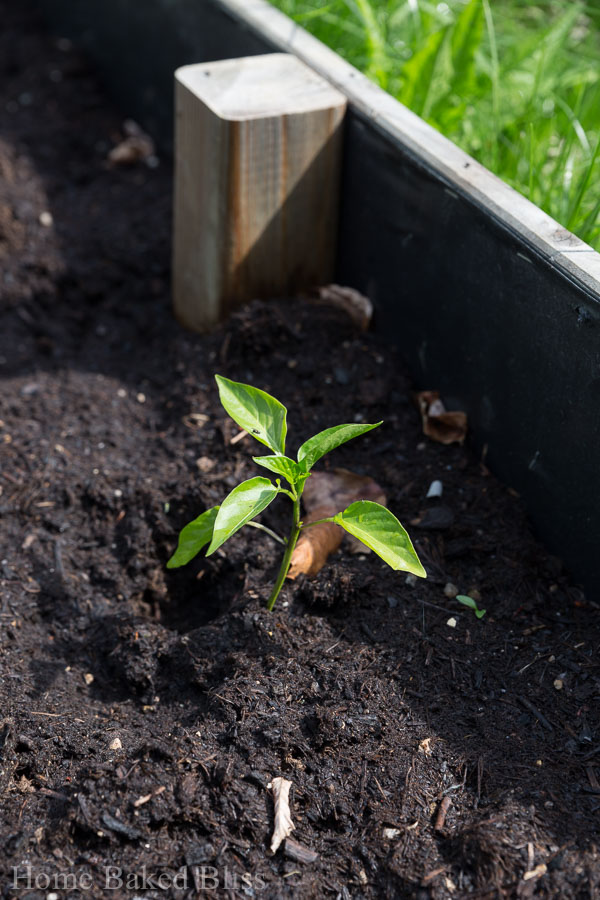
I also started some bell pepper seeds indoors in the beginning of April. They are still rather small and aren’t growing much right now. Bell peppers are a Mediterranean plant and thus need warm temperatures to develop. They need a minimum of 20C to grow. Now that we have had some colder days, the plants are stagnating at the moment. That is nothing to worry about though! As soon as the temperatures rise again they will continue to grow.
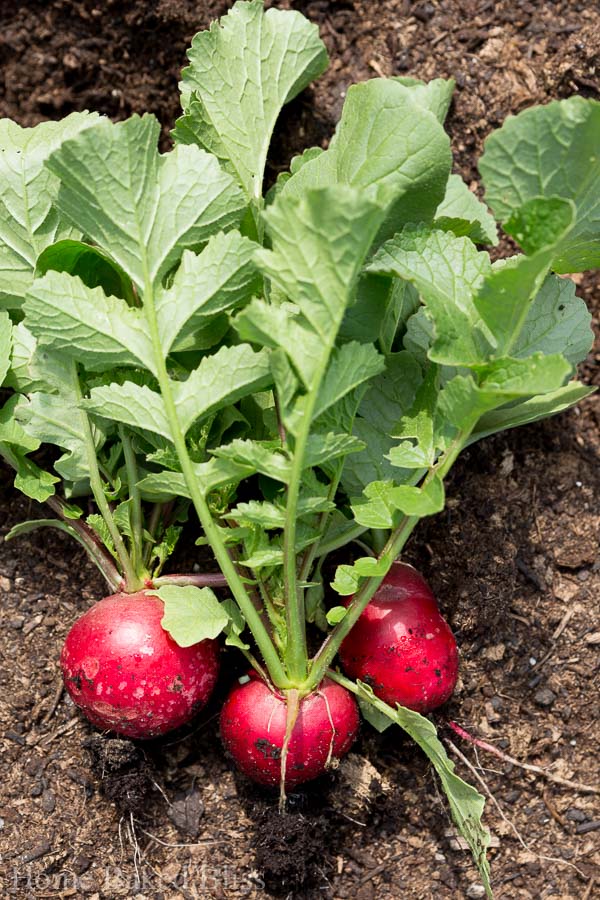
Radishes are one of the easiest vegetables to grow. They do not need great soil and they are very low maintenance. They do like a lot of water, so it is important to water them daily. It’s also important to not let them grow too large otherwise they become very spicy and taste a bit woody. It’s best to harvest them regularly and always plant another seed in the place where you harvested a radish. This way you can continually harvest radishes and are not overwhelmed with 30 radishes that all need to be eaten at the same time. #radishrush
Now let’s take a look at what vegetables and plants you can grow in May. We live in a mild climate zone in Switzerland, so this list is for our climate zone here. (Our winters are mild, seldom any frost and negative temperatures, while the summers can be quite hot with temperatures up to 30C or 86F. We get a lot of rain.)
May Growing and Sowing List
- turnip cabbage
- broccoli
- onions
- lavender
- carrots
- radishes
- strawberries
- bok choy
- parsley
- mint
- thyme
- oregano
- rosemary
- chives
- sage
- lettuce
- spinach
- tomatoes
- coriander
- dill
- beets
- sunflowers
- chamomile
- arugula
- zucchini
- chili
- bell peppers
- basil
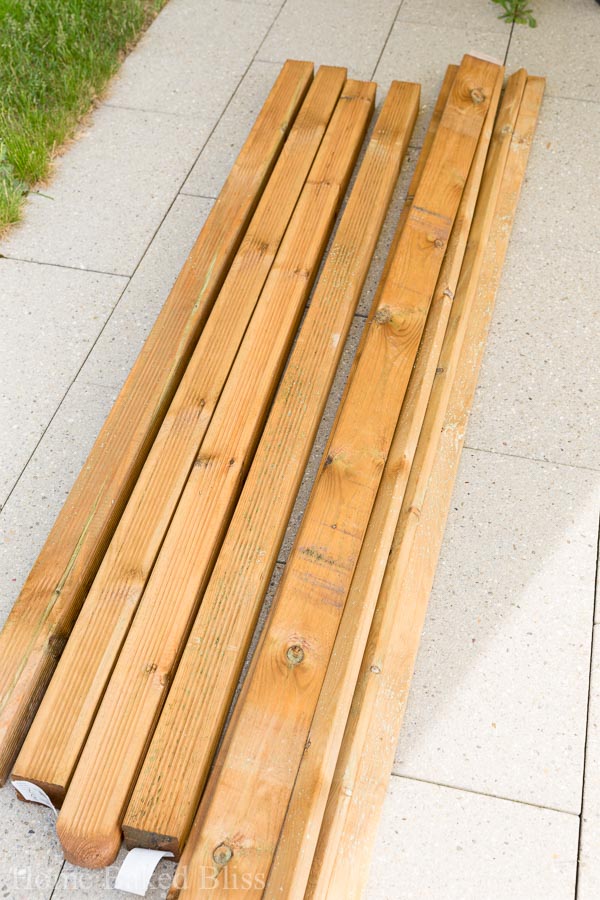

Another project we have started is building a roof for the tomatoes. Since we get a lot of rain I cannot plant the tomatoes in the vegetables beds without any protection. I had two tomato plants last year that barely made it through the summer because of downy mildew. As soon as the leaves of the tomato plants get in contact with water a few times the tomatoes are more susceptible to various diseases. Keeping the leaves dry is key to having healthy and strong plants. My dad, however, is successful with planting his tomatoes outside without any protection from the rain. This only works for him though because he lives in a city that barely gets any rain.

I do not know if you remember the blackberry bushes I showed in the March garden post but let me tell you, they were completely bare. Skipping forward two months, they already have beautiful leaves and are growing well. They won’t carry fruit for another year or two but it is exciting to watch them grow!
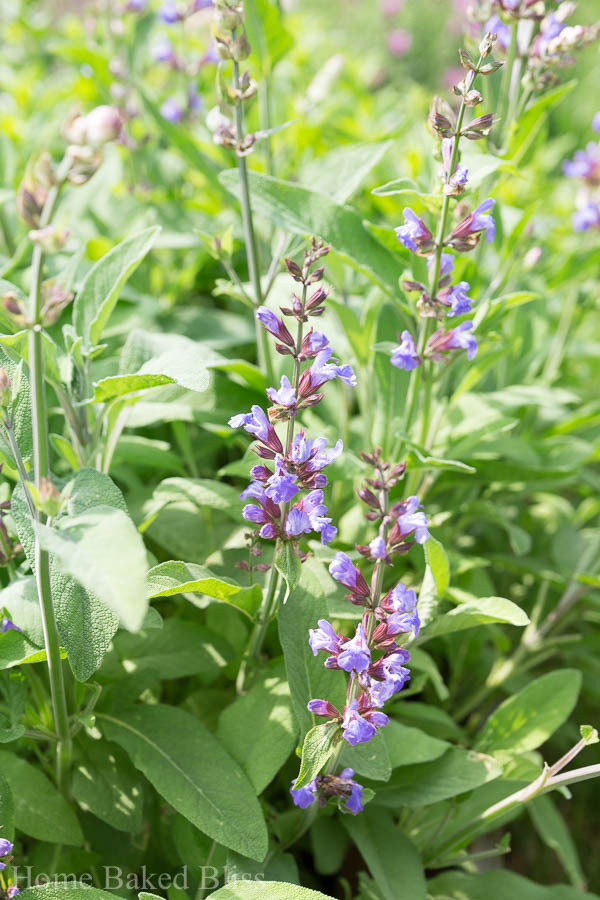
I never let my herbs bloom because that stunts their growth. (The plant uses all it’s energy to produce the flowers so it doesn’t use much of its energy to actually grow.) I made one exception here with my sage though. I decided to let it bloom because it was already a gigantic plant and despite using it quite a lot in the kitchen it has become more than we could ever need. Plus the violet-coloured flowers are just gorgeous and have been attracting quite a few bees. If you look closely you can see a bee on the bottom of the picture. 🙂
I hope you are enjoying the springtime. Happy gardening!
MORE FROM MY SITE
Disclosure: This post may contain affiliate links, but these are all products I highly recommend. I won’t put anything on this page that I haven’t verified and/or personally used.
Tagged With: garden, garden in may, growing vegetables, may
Filed Under: Garden